The five colors of Magic: The Gathering aren’t there simply for flavor. Each has key strengths and weaknesses that help to ensure the game’s balance. In today’s article, we’ll go over blue color cards, the color of knowledge and perfection.
In the game’s early history, blue color cards could do anything. There was a clear balance issue in having one color’s theme be “magic” in a game about magic. In modern times, however, blue’s abilities are tied mostly to card draw and countermagic.
Card draw and removal
Blue is the color that is primary in drawing cards. While all colors can draw cards in some capacity, blue is the only one that can do so with no limits or drawbacks. This ability is so powerful that it defines the color’s weaknesses. In the color breakdown for white, I explained that because white was the color with the best removal, it needed to have the worst card draw. Blue is the inverse. It has the best card draw, so it has the worst removal. If a single color had strong and diverse removal like white and unconditional card draw like blue, it would destroy the balance of the game. Any players using that color would eliminate every card the enemy played while never running out of cards of their own.
Blue’s weakness is that it is the only color in the game that (with a specific exception) cannot destroy any type of card on the battlefield. The majority of blue’s ability to handle cards on the field is either temporary or reversible. The most common form of blue removal is “bounce,” which simply returns a card to its owner’s hand. While this takes it off the field, your opponent will still have the problem card in their hand and can play it next turn. This generally makes bounce effects weaker than those that destroy cards outright.
Bounce spells also balance blue’s card draw by creating card disadvantage. If an opponent has one creature and I use a card like the white-colored Murder to destroy it, my opponent and I have made an even trade in cards. They lose their creature, and I lose my Murder card. On the other hand, the blue-colored Disperse gives your opponent card advantage. Disperse goes to the graveyard, but it only sends their creature back to their hand, where they can play it again. Spells that weaken a creature’s power and spells that can tap a creature also follow this pattern. They temporarily deal with threats while putting their user down a card.

Blue’s “soft” removal also extends to various “lockdown” abilities. Cards such as Deep Freeze or Waterknot work by enchanting an enemy creature to keep it from being useful. These enchantments have the weakness of being removable themselves, though.
This color has two types of “hard” removal: Mind Control effects and “polymorphs.” A mind control effect lets you steal an enemy card outright. These are almost always rare and cost a lot of mana, so they aren’t a usual method of interaction.
In rare cases, blue can also destroy or exile a creature and replace it with a different one. While this may seem like a hard kill spell at first, in function it is just a more permanent version of blue’s ability to weaken creatures. These cards also, like most bounce spells, leave you down a card. While you have used up your card, the enemy has broken even by having one creature swapped for another one.

Blue usually can’t remove a card on the battlefield, but it can counter spells to prevent them from hitting the field at all. Blue has the almost exclusive ability of counterspells. The color can deal with anything in such cases, but they only work in a narrow window of time.
Blue color creatures
To offset blue’s dominance with instant and sorcery spells, this color has the least efficient creatures. Even now, blue has yet to receive a “bear” – a 2-mana 2/2 with no other effect. To balance its weaker creatures, though, it has the most evasion. Along with white, blue holds the most fliers and is the color with unconditional unblockable creatures. As its creatures are less impactful overall than those of other colors, their ability to deal damage more easily is balanced.

The exception to this is small creatures that become more powerful when one fulfills certain conditions that fit with a blue strategy. Delver of Secrets is an incredibly powerful card, for example. But without a deck with many instant and sorcery cards, it remains a simple 1/1.

In short, blue having the best card draw in the game means it has the worst removal. Likewise, having the most evasion and non-creature spells in the game means the blue color has the weakest creatures on average.
Check out other Magic: The Gathering guides and stay tuned for more at Daily Esports!




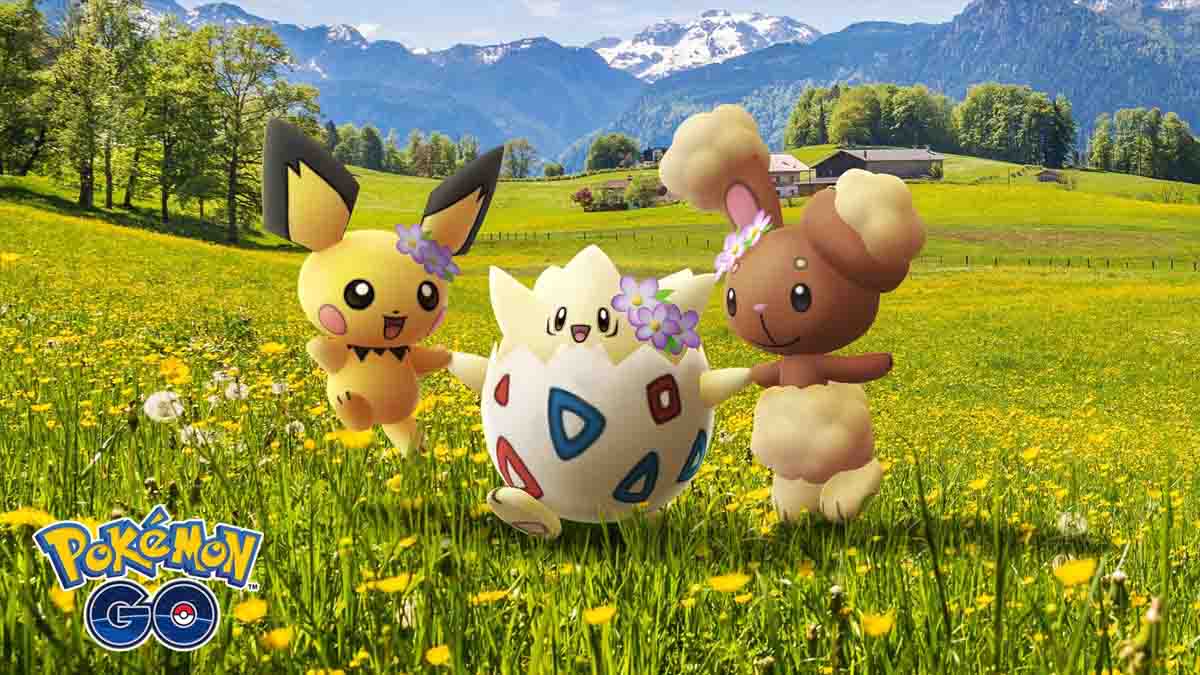

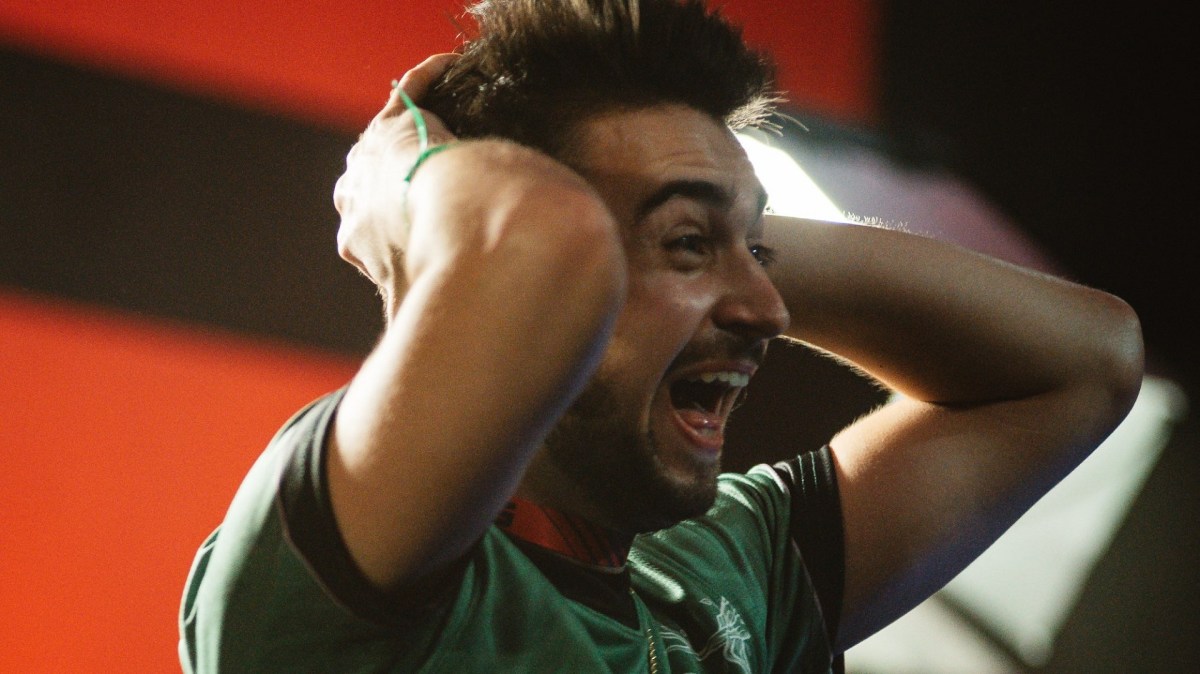
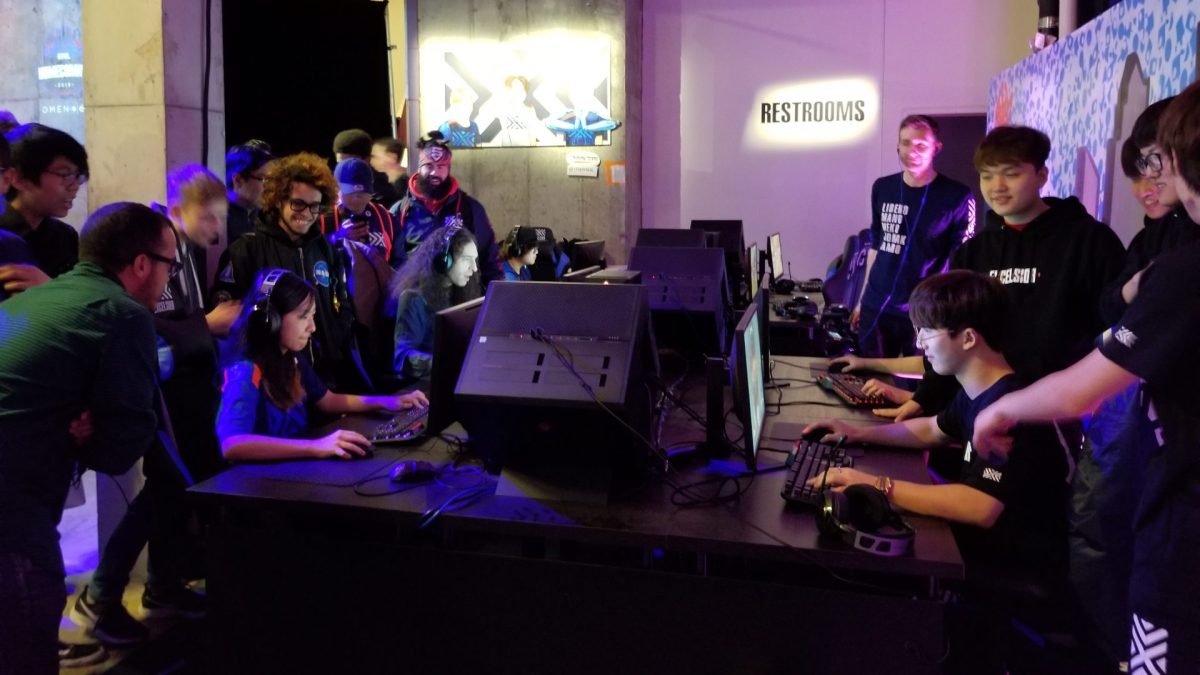
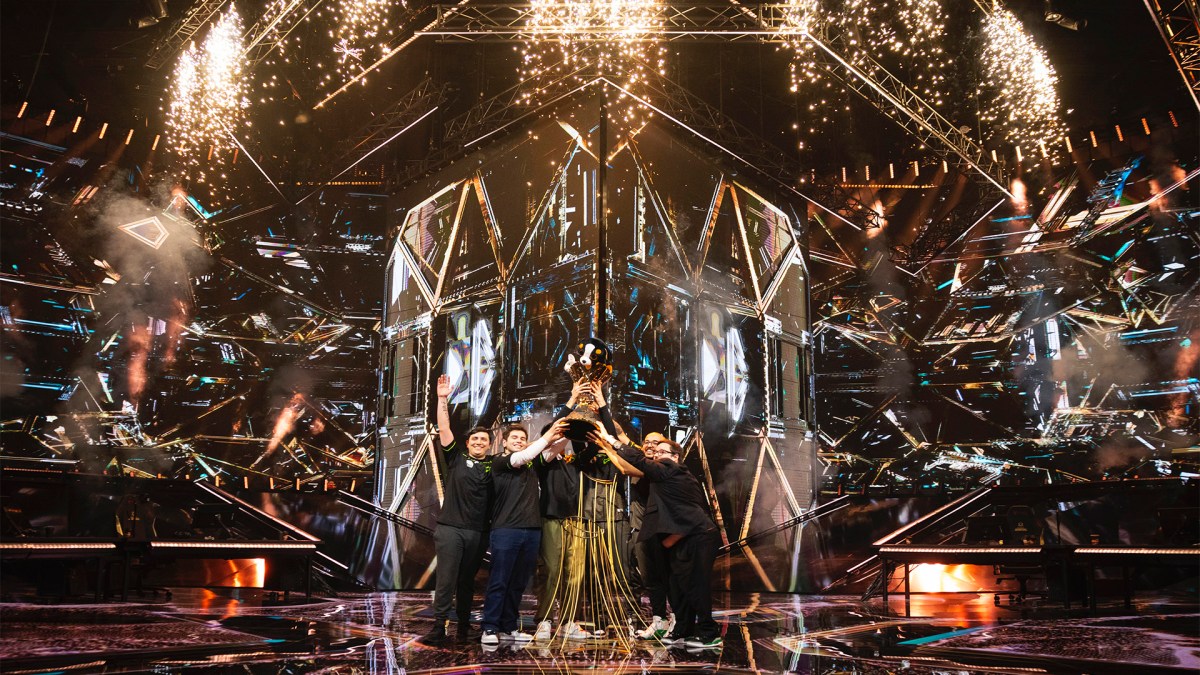
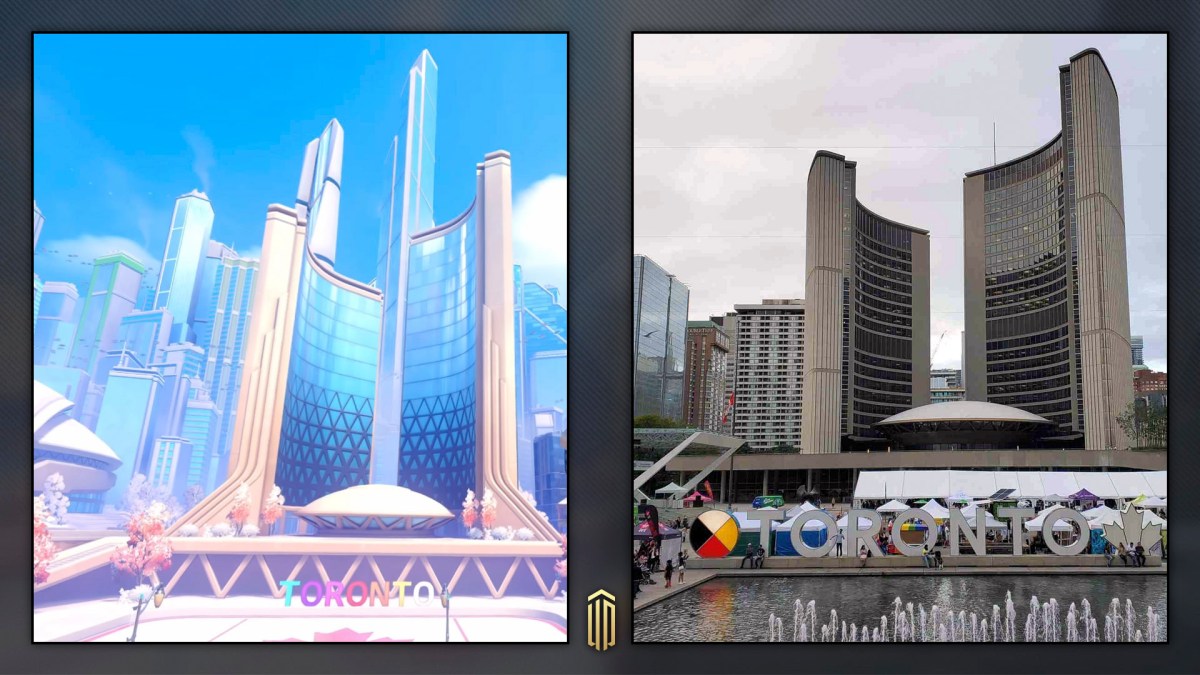
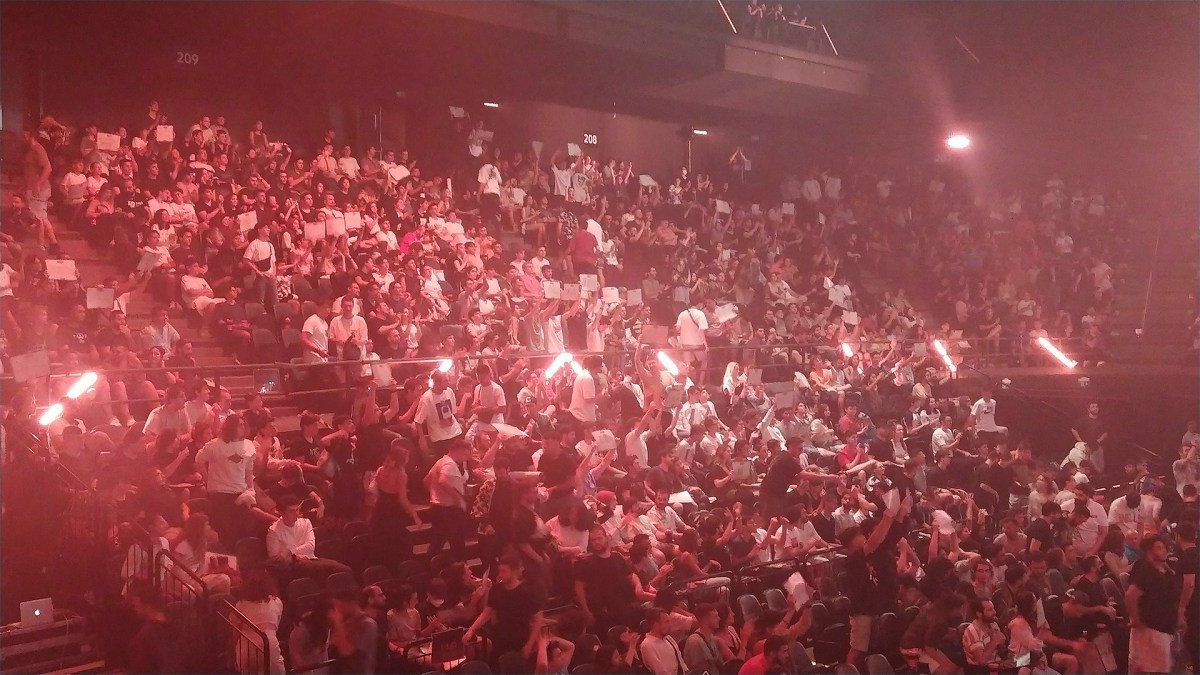


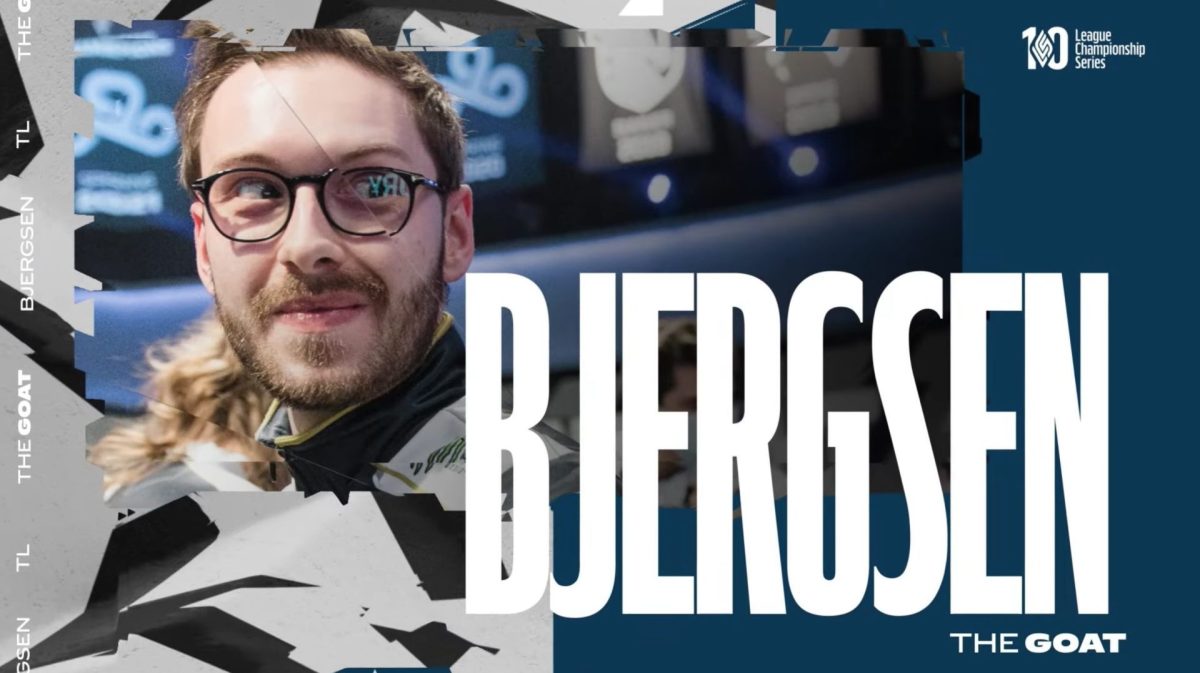
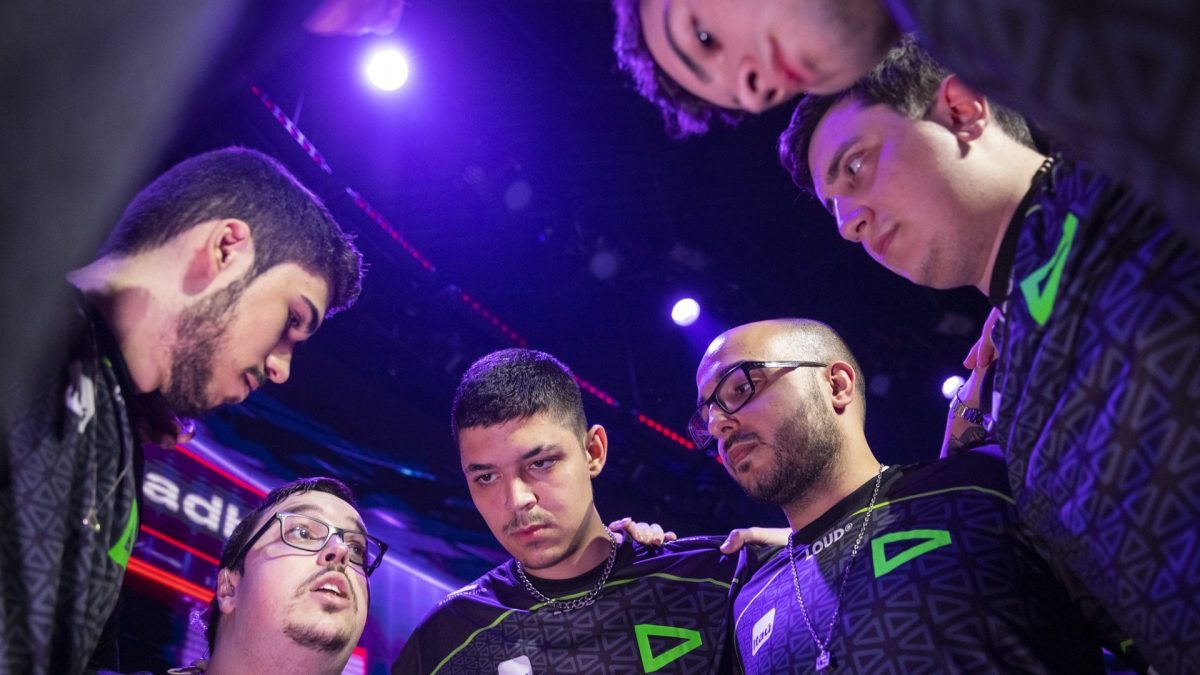

Published: May 8, 2019 12:49 pm